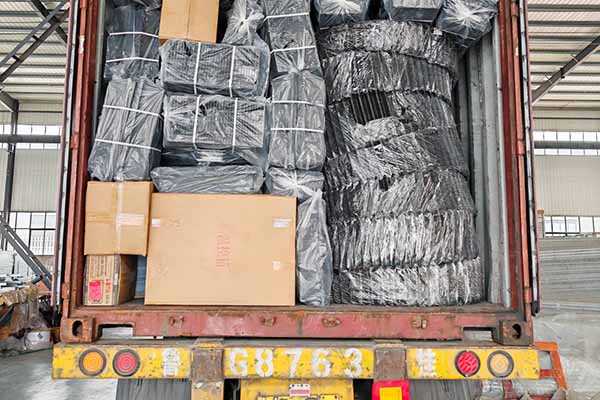Chicken Cage Setup Guide for New Farmers
Introduction to Chicken Cage Farming
Chicken cage farming has become an increasingly popular method for poultry production, especially for new farmers looking to enter the industry. This guide provides essential information on setting up a chicken cage system, ensuring efficient and profitable operations.
1. Choosing the Right Location
The first step in setting up a chicken cage system is selecting an appropriate location. Consider the following factors:
–
- Access to clean water and electricity
- Proximity to markets for easy distribution
- Availability of suitable land
Ensure the site is well-drained and has proper ventilation to prevent moisture and disease.
2. Designing the Chicken Cages
The design of the chicken cages is crucial for the overall success of the farm. Here are some key aspects to consider:
–
- Size: Cages should be large enough to accommodate the number of chickens without overcrowding.
- Material: Use durable materials like steel or reinforced plastic for long-lasting cages.
- Layout: Optimize the layout for easy access, maintenance, and egg collection.
According to the National Chicken Council, a standard cage size for laying hens is 2.5 square feet per bird.
3. Ensuring Proper Ventilation and Temperature Control
Ventilation and temperature control are vital for the health and productivity of the chickens. Here are some tips:
–
- Install ventilation fans and adjustable vents to regulate air flow.
- Use thermostats to maintain an optimal temperature, typically between 70°F to 75°F (21°C to 24°C) for laying hens.
Proper ventilation can reduce the risk of respiratory diseases and improve egg production.
4. Feeding and Watering Systems
A reliable feeding and watering system is essential for the well-being of the chickens. Consider the following:
–
- Automated feeders: Provide a consistent and balanced diet.
- Waterers: Ensure continuous access to fresh water.
Regularly monitor the feed and water intake to ensure proper nutrition and hydration.
5. Health and Biosecurity Measures
Maintaining good health and biosecurity practices is crucial for a successful chicken cage farm. Implement the following measures:
–
- Regularly clean and disinfect the cages.
- Control pests and predators.
- Monitor chickens for signs of illness and seek veterinary assistance when needed.
Adopting biosecurity measures can help prevent the spread of diseases and ensure a healthy flock.
Conclusion
Setting up a chicken cage system can be a profitable venture for new farmers. By following this guide, you can create an efficient and productive farm. For more information and to receive a free chicken cage design and equipment quote, please contact us at LIVI Machinery.





